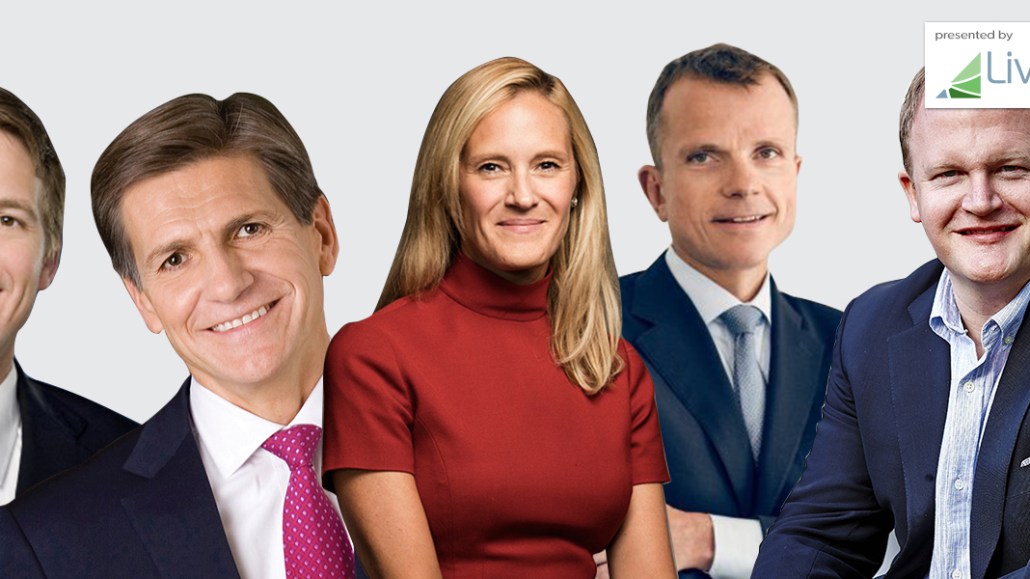
At this year’s ANA Masters of Marketing confab, CMOs from Procter & Gamble, Cadillac, Walmart and others talked about brand-building and the marketing landscape. Here’s what we learned from onstage presentations and meetings at the conference, which ended Oct. 7.
CMOs don’t trust ad tech
Ad tech is hot, but CMOs have doubts. Marc Pritchard, chief brand officer for P&G, and Kristin Lemkau, CMO for JPMorgan Chase, expressed their concerns on brand safety and ad fraud in programmatic. As one conference attendee remarked, “I don’t think most brands do programmatic right. CMOs have a trust issue with ad tech, but it’s more because of their knowledge gap than anything else.”
Facebook and Google are still CMOs’ best friends
Despite media coverage on Google’s and Facebook’s fake-news issues, as well as the latter’s influence on politics and measurement errors, CMOs still see the duopoly as their best friend and think it’s safer to advertise with Facebook and Google directly than purchase programmatic ads on open exchanges. Pritchard praised YouTube on stage for quickly fixing the problem where ads appeared next to hateful and offensive content while Lemkau used the poop emoji in her presentation to describe the advertising environments outside of Google and Facebook.
Branding is at the top of every CMO’s agenda
Almost every CMO presentation at the conference was about branding and storytelling, with few addressing performance marketing. One reason could be that CMOs ramped up spending on programmatic ads around three or four years ago and saw immediate return on investment. Then, they realized they bought too many banner ads that didn’t help them build consumer relationships.
“We bought trainloads of banner ads, and marketing drove growth,” said Eric Reynolds, CMO for The Clorox Company. “We were so data-enabled, yet we failed to deliver the brand message because we delivered cheaply produced banner ads.”
“Brand purpose” is everywhere
Brand purpose was an often-used buzzword, with almost every CMO declaring that their company is “purpose-driven.” Pritchard addressed racial and gender equality, while Brian Beitler, CMO of Lane Bryant, encouraged celebration of all body types. “CMOs talked about their brand purpose, but it is not easy to identify the ‘purpose’ in the first place,” said one attendee. “I think the oversimplification of brand purpose is a problem.”
Media agencies are diversifying their offerings
Media agencies are commoditized today, with many competing to help clients buy media at the lowest price possible. Agency executives said in conversations that their agencies have started offering more than just savings, though. Hearts & Science, for instance, is building its audience-based planning capabilities similar to GroupM’s mPlatform, while iCrossing is building a content practice to perform more content marketing duties.
More in Marketing

Why the New York Times is forging connections with gamers as it diversifies its audience
The New York Times is not becoming a gaming company. But as it continues to diversify its editorial offerings for the digital era, the Times has embraced puzzle gamers as one of its core captive audiences, and it is taking ample advantage of its advantageous positioning in the space in 2024.

Why B2B marketers are advertising more like consumer brands to break through a crowded marketplace
Today’s marketing landscape is more fragmented than ever. Like consumer brands, business brands are looking to stand out in a crowded and competitive marketplace, making marketing tactics like streaming ads, influencers and humorous spots more appealing.

As draft puts WNBA in spotlight, the NBA is speeding up ballplayers’ transition to creators
The NBA’s star athletes are its greatest marketing asset.





